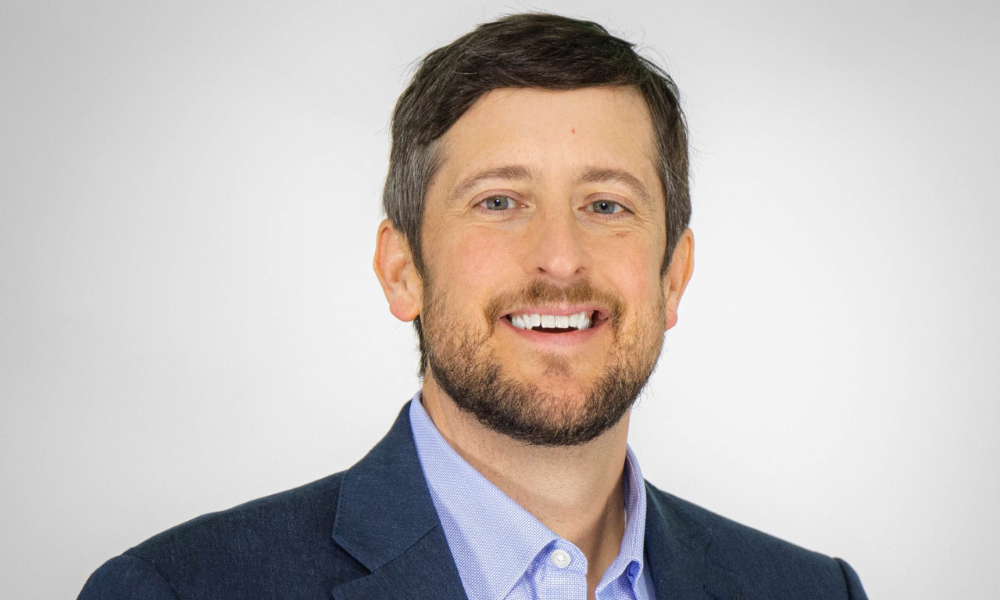"A lot of folks in our industry see captives as a product"

“A lot of folks in our industry see captives as a product” | Insurance Business America
Property
“A lot of folks in our industry see captives as a product”
Executive talks industry transformations, technological booms and tailored risk
With over 26 years in the industry, there’s not much that Andrew Chambers (pictured) hasn’t seen. As a risk advisor and co-practice leader of the property and casualty division at Scott Insurance, Chambers told IB that during his early years in the sector, it was a different market entirely.
“For my first 15 years in the industry, we were in a very soft insurance market,” he said. “The process of serving clients and negotiating renewals was a very different experience than today.”
For Chambers, he credits this shift with a transformation in industry dynamics, largely influenced by societal factors like social inflation and large claims, which have significantly impacted insurance carrier results. According to research from Swiss Re, social inflation has been around since 2015, with US liability claims costs rising on average 16% over the past five years.
Insurance transformation and captives
“The process of dealing with the insurance transaction is much more complicated today than it was 15 years ago,” added Chambers.
This complexity has paved the way for alternative risk financing mechanisms, such as captives.
“A lot of folks in our industry see captives as a product. But for us, it is more of a philosophy,” he told IB. “We want to partner with our clients and help them improve. If we can understand their business at a level that allows us to really help them influence their risk performance, then they’re going to outperform others in the insurance market. This often leads to high-performing clients desiring a less volatile and more favorable solution. Our clients were coming back to us, saying, ‘We’re performing really well. The insurance market is profiting greatly on the investments we’re making. How do we participate in that?’”
For upper middle-market businesses, those stakes are high. Unlike the broader risk pools of homeowners’ insurance, these businesses are expected to generate profitability for the insurance industry over time. Poor performance results in increased premiums at renewal, prompting many to explore alternative risk financing. Here, Chambers emphasizes the importance of viewing this as financing risk rather than traditional insurance, exploring options such as deductible plans.
“By being in business together, they learn from one another, and it’s bigger than just insurance,” Chambers added. “Moving from a year-to-year, transactional approach to insurance, to a long-term risk financing plan, it reduces the volatility that the traditional insurance marketplace provides. It encourages an investment in safety and risk management, as well as improved communication and culture – and we’re seeing all of that.”
When asked about the impact of complex risks and evolving regulations, Chambers acknowledged that niche risks often fall outside the scope of traditional member-owned group captives.
“[When you think about] what’s in the traditional member-owned group captive, or the primary casualty lines, general liability, workers’ compensation on an appeal, what you’re describing would be a little bit more enterprise risk,” he told IB.
Instead, these may require enterprise risk captives, which are tailored to specific balance sheet risks not covered by traditional markets. Chambers also points out that while Scott Insurance primarily focuses on primary property and casualty lines like large property schedules, general liability and workers’ compensation, there are captive management firms that focus on enterprise risk programs.
How to effectively advise clients
Here, as Chambers pointed out, comes the absolute importance of understanding the industries and businesses they serve.
“To effectively advise, coach and advocate for our clients, you have to really know their business,” he stated. It’s this deep understanding that allows Scott Insurance to tailor solutions that address specific client needs, particularly in niches like affordable housing, which has become a successful area for the firm.
“When it comes to our affordable housing specialization, we’ve taken an all-in approach by actively participating in associations and investing in the industry’s growth,” Chambers explained. “We’re doing as many things as we can to help grow the industry and provide better insurance solutions in a challenging market. Our dedicated affordable housing practice educates insurance underwriters on the nuances of the industry and, similarly, teaches our clients how they’re viewed by the insurance market and the things that they can do to try to address misconceptions.”
The evolving landscape of insurance, characterized by increasing complexity and specialized risks, demands a proactive and deeply knowledgeable approach. Their philosophy of partnering with clients, understanding their businesses, and leveraging alternative risk financing mechanisms like captives, positions Scott Insurance to navigate these challenges effectively.
As Chambers told IB: “It’s about financing risk in the most efficient way possible and reducing the volatility of the traditional insurance marketplace.”
Related Stories
Keep up with the latest news and events
Join our mailing list, it’s free!






